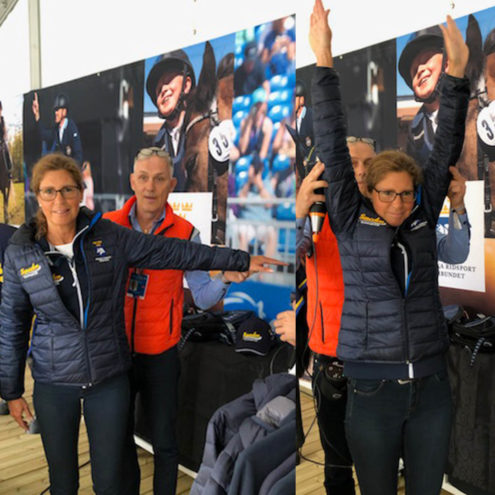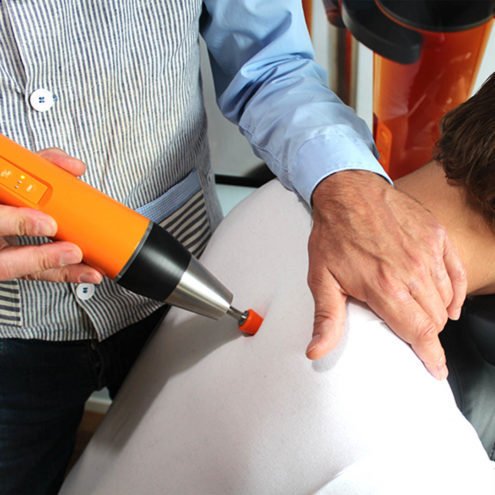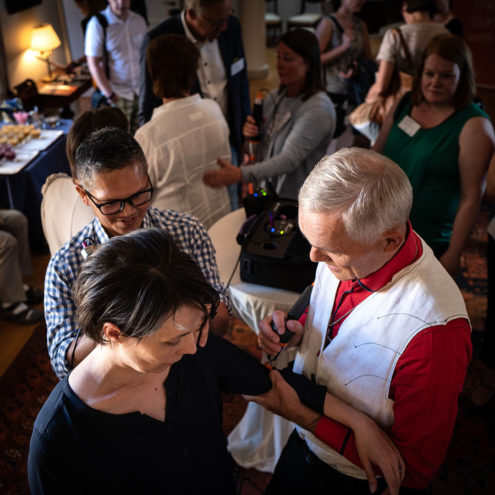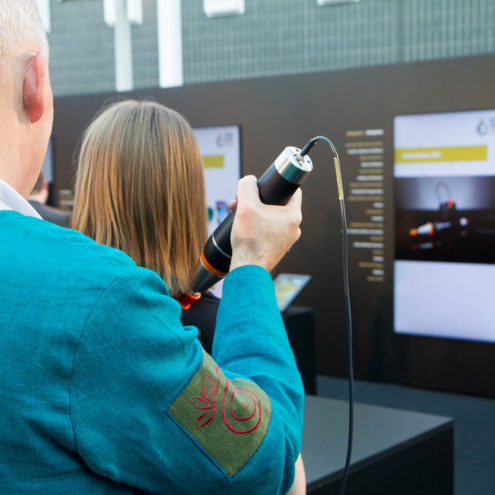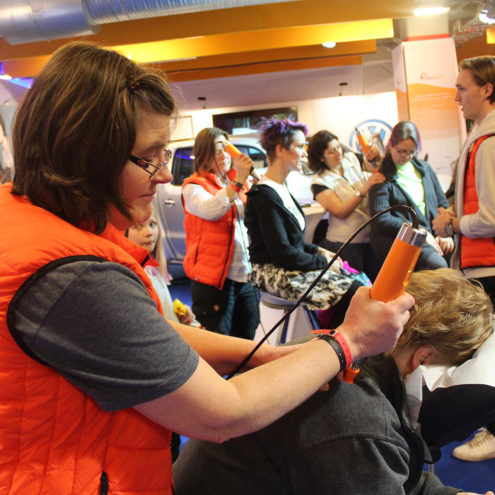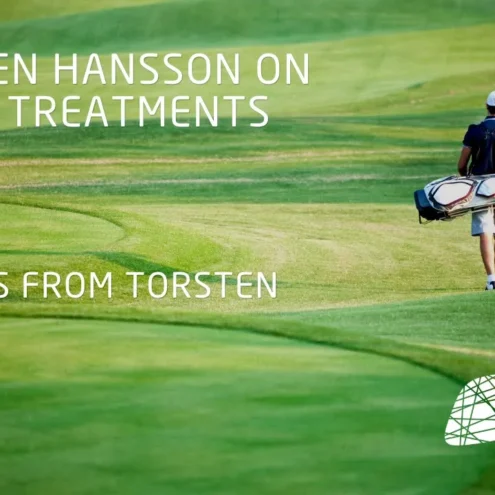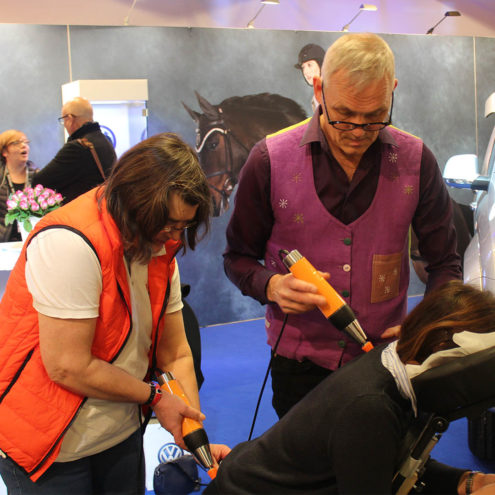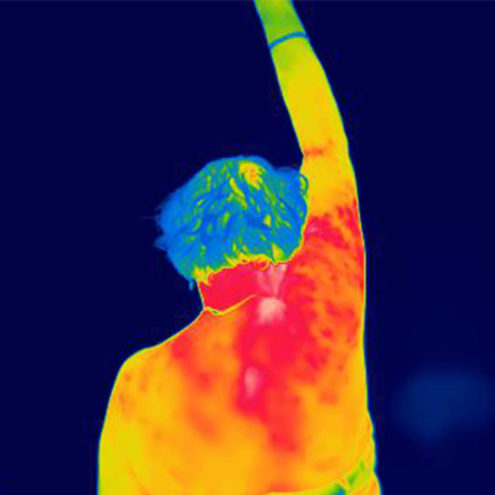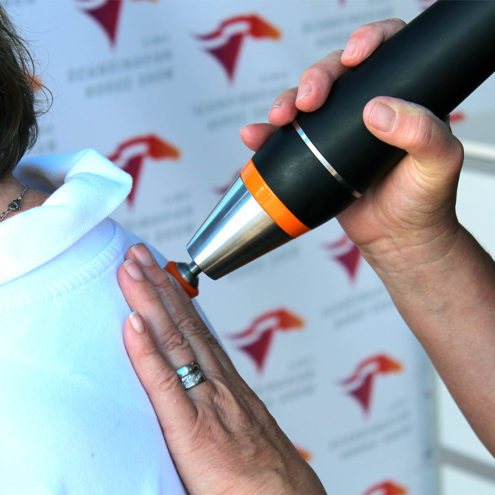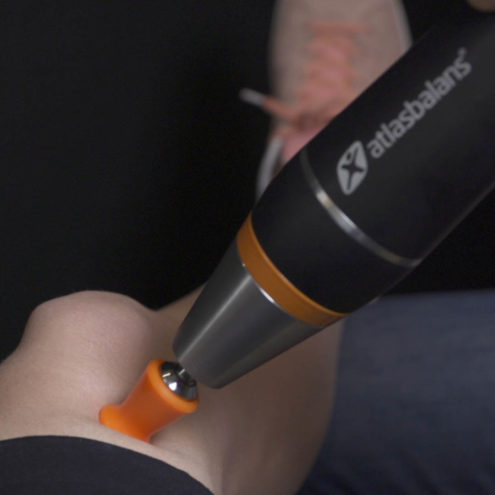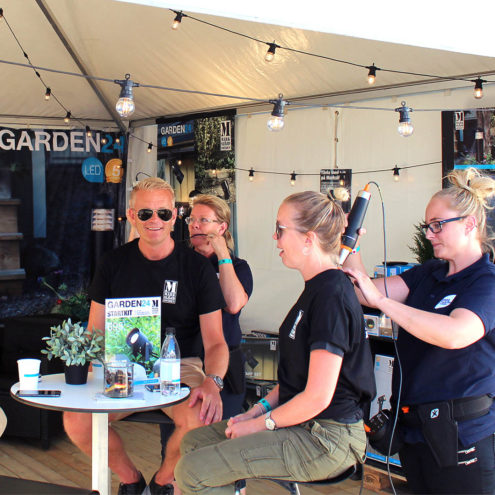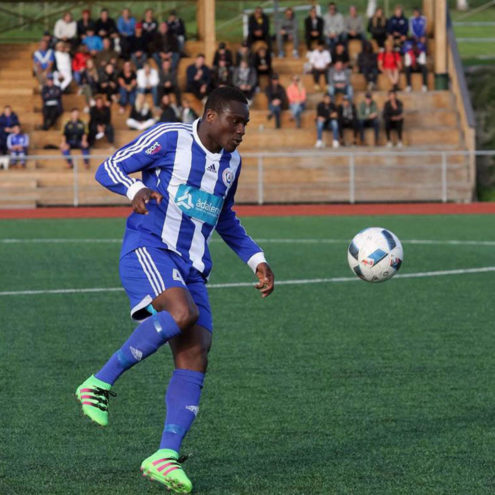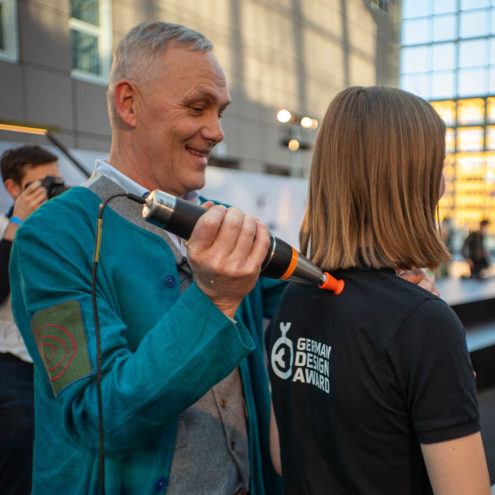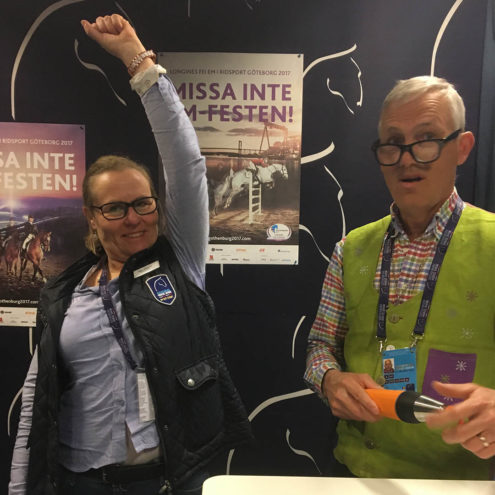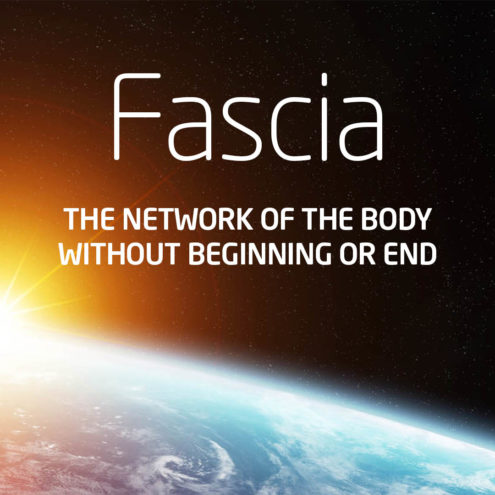Old Man´s Calf – Symptoms and Treatment
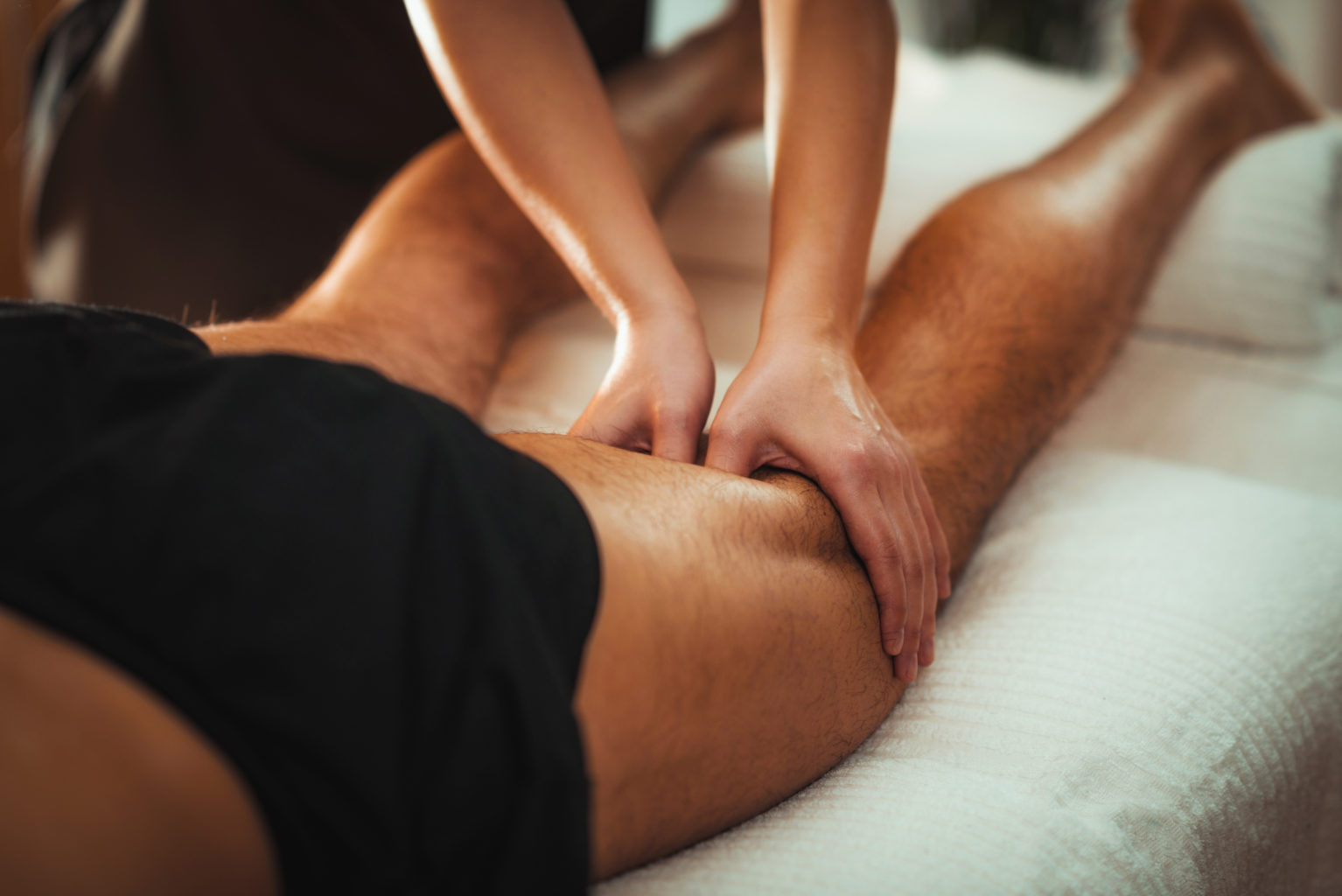
What is old man´s calf?
Old man´s calf is not a medical condition but an umbrella term for several different types of calf injuries. The reason it is called “old man’s calf” is that it mainly affects men over the age of 35, i.e. those of “old age”. Women can also suffer from calf injuries, but not nearly as much as men.
Why do you get old man´s calf?
Old man´s calf means that the calf muscles or the area where the muscle transitions to tendon becomes overstretched and develops small tears. With age, the viscoelasticity of the fascia decreases, which also affects the mobility of the muscles and joints. A stiff fascia with stiff muscles means that the calf can easily become overstretched and suffer muscle tears. Factors such as poor posture, lack of recovery after activity and poor diet can also cause stiff fascia and muscles.
Read more about: Muscle tears in the calf.
What are the symptoms of old man´s calf?
The calf feels stiff, especially during exertion.
Acute pain in the calf.
Pain during activity.
The calf may feel weak.
Feel soreness in the calf when pressed and touched.
Numbness.
When and where should I seek treatment for old man´s calf?
In the case of a simple muscle rupture, the injury can primarily be treated according to the RICE method, i.e. rest, ice/cooling, compression/pressure and elevation.
Rest: Stop your activity immediately to reduce blood flow to the calf muscles. Avoid making movements that hurt.
Ice/Cold: Cool the calf for 15-20 minutes every two hours. The cold relieves pain and reduces swelling. Do not allow ice to come into direct contact with the skin. If you have circulation problems, you should be careful with cold treatment.
Compression/Pressure: It is important to quickly apply pressure to the injury to reduce any bleeding. For example, you can use an elastic bandage. It is important to wrap tightly and leave the pressure on for two days. If the pain is very severe, the pressure can be relieved temporarily and then the injury can be wrapped again. If you lose sensation or if the dog changes color, the wrap must be removed completely.
Elevation: Keep your leg elevated for as long as possible. This reduces swelling and bleeding. During the night, pillows can be placed strategically under the leg to create elevation.
If there is a total muscle tear, you should seek medical help immediately.
Fascia treatment for old man´s calf
During a fascia treatment for old man´s calf, we soften stiff and tight fascia and muscles to reduce pain and increase mobility. The whole body is scanned to detect imbalances and how these may have caused the chub. The body is balanced so that stresses are reduced and evened out in the body. Body balancing also improves posture, which will also reduce the risk of muscle strain during sports or other physical activity.
The treatment dissolves adhesions in the fascia and increases the flow of its basic substance. The reduced pressure over the cell membranes makes it easier for the cells to absorb and release substances.
Old man´s calf – What can I do myself?
If it is only a cramping sensation in the calf, stretching the calf and self-massage may be enough. It is also important to reduce the intensity of your exercise. In the case of a simple muscle rupture, the injury can be treated primarily according to the RICE method, i.e. rest, ice/cooling, compression/pressure and elevation. Once the symptoms have disappeared, a physiotherapist can create an exercise program adapted to you and your conditions.
Exercises for old man´s calf
Stretching exercises for old man´s calf.
Stretch the outer calf muscle and Achilles tendon. Stand up and take a step backwards. The heel of your back foot should be pressed against the ground. Keep the knee of the back leg straight. If you don’t feel any pull in the Achilles tendon, try taking a longer step back. Hold the stretch for at least one minute and breathe deeply during the stretch. Stretch several times a day.
Stretch the inner calf muscle and Achilles tendon. Stand up and take a step backwards, pressing your heel against the floor. Now take and bend the knee of the back leg until you feel a pull on the Achilles tendon. Hold the stretch for at least a minute, breathing deeply as you go. Stretch several times a day.
Stretch the plantar fascia. Grasp the toes of the sore foot and bend your toes up to stretch the plantar fascia. Hold the stretch for one minute. Repeat three times. Do this exercise several times a day.
Circulation exercises for old man´s calf.
Bend your foot up and down. Do 20-30 repetitions each way. Repeat twice. Do at least 3 times a day.
Seated glide cycling. Sit on a chair and slide your foot back and forth so that your calf muscles alternate between shortening and stretching.
Foot circles. Make circles with your feet clockwise and counterclockwise. Do at least 15 turns in each direction.
Strength exercises for old man´s calf:
Standing toe raises. Stand on a step-up board, step or other elevation with your heels off the edge. Lower your heels so they are below your toes. Then push your heels up as far as you can, so you are “standing on your toes”. The knee, hip and back should be straight during the exercise. Here it is important that the big toe joint is always on the ground.
Walk uphill, preferably barefoot or in a pair of zero-drop shoes.
Jump even-footed. Stand with your feet shoulder width apart. Stand on soft ground or use a pair of properly cushioned shoes. Activate your abdominal muscles and sink into a squat to start. Push off and jump as high as you can, then land on both feet. Remember to land with your knees bent to avoid putting unnecessary strain on the knee joint. You can try jumping on one leg, but it is important to be aware of any pain or discomfort. If you feel any discomfort, stop immediately.
FAQ – Old man´s calf
What is an old man´s calf?
Old man´s calf means that the calf muscles or the junction between the calf muscle and the tendon have been ruptured. It usually affects men over the age of 35, i.e. of “old age”, hence the name.
What can be done about Old man´s calf?
In the first instance, you should stop your activity and use the RICE method. In the case of a severe or total muscle rupture, medical help must be sought immediately.
How do you train away old man´s calf?
At the beginning of rehabilitation, you can do circulation exercises and gentle stretching. Once you are symptom-free, you can include strengthening exercises and gradually return to your exercise routine. Consider having a medical expert examine you and then create an exercise program tailored to you and your needs.
How long to heal?
The time to recover from a calf muscle tear can vary, depending on the severity of the injury and individual factors. Generally, minor tears tend to heal within a few weeks while more serious tears can take several months. Following recommended treatment, including fascial therapy, can help speed up the healing process and improve recovery.
 Search
Search





